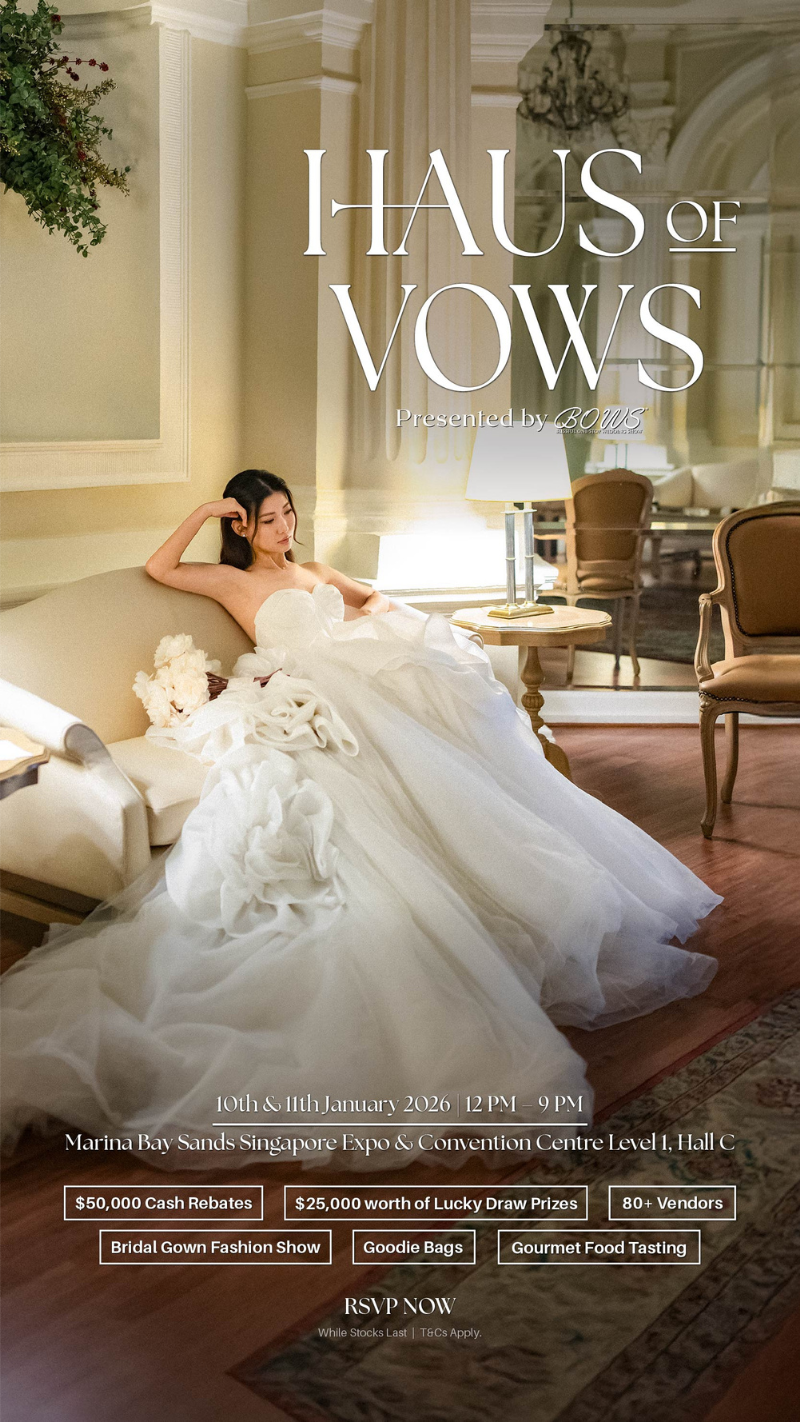What The 30/5 Rule Really Means For Your Wedding Day
2025-09-12
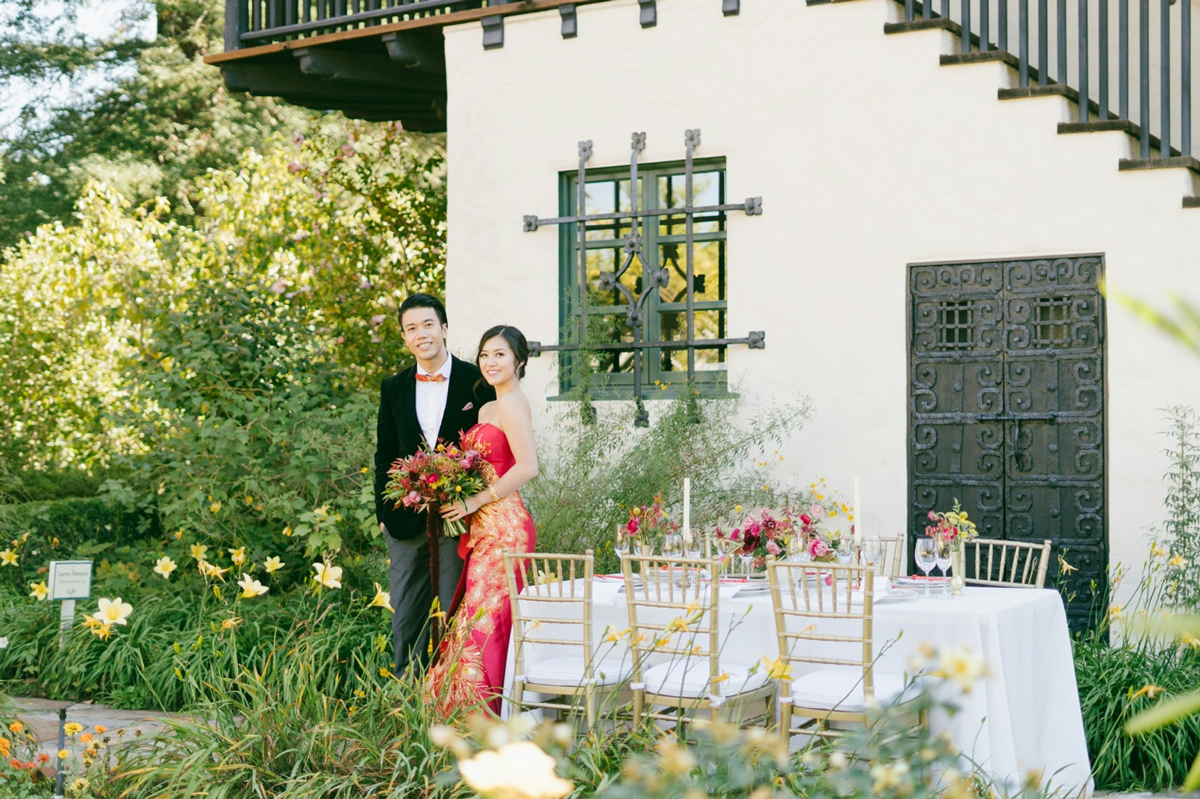
Your wedding day is a beautiful combination of love, celebration, and cherished memories. But let’s be honest, it’s also one of the most logistically challenging days you’ll ever plan. From making sure the bridal car arrives on time to ensuring the cake is set up before the first dance, the pressure to keep everything on schedule can sometimes take the shine away from the magic. Every couple dreams of a day when things flow smoothly, but without the right planning, even the most well-intentioned timelines can run into hiccups.
It’s perfectly normal to feel the weight of wanting everything to go just right. After all, this is a once-in-a-lifetime event where friends and family come together to witness your love story unfold. The flowers, music, vows, and even the smallest details hold sentimental meaning. That’s why understanding the 30/5 wedding rule could be the secret to turning a stressful, tightly wound day into one that feels effortless and enjoyable.
The 30/5 Wedding Rule Explained

The 30/5 rule is a timeline management technique wedding planners swear by. Simply put, it’s a guide for structuring your big day: allocate 30 minutes for each major event or segment and build in a 5-minute buffer before and after. This isn’t just sticking to a schedule, it's creating space for the unexpected while keeping the day moving at a comfortable pace.
Think of it this way: what might take 5 minutes on an ordinary day can easily stretch to 30 minutes on your wedding day, and those 30 minutes can feel like they fly by in just 5. Between excited chatter, photo requests, and last-minute adjustments, time has a way of moving differently when you’re surrounded by loved ones and emotions are running high.
For example, if your bridal march is set for 3:00 pm, you’d want everyone to be seated by 2:55 pm, giving you those crucial extra minutes in case a relative takes a little longer to find his seat or the flower girl gets a sudden burst of shyness. Similarly, if you’ve blocked out time for group photos, that 5-minute cushion can save you from feeling rushed if one or two guests wander off during cocktail hour.
Why This Rule Works Wonders
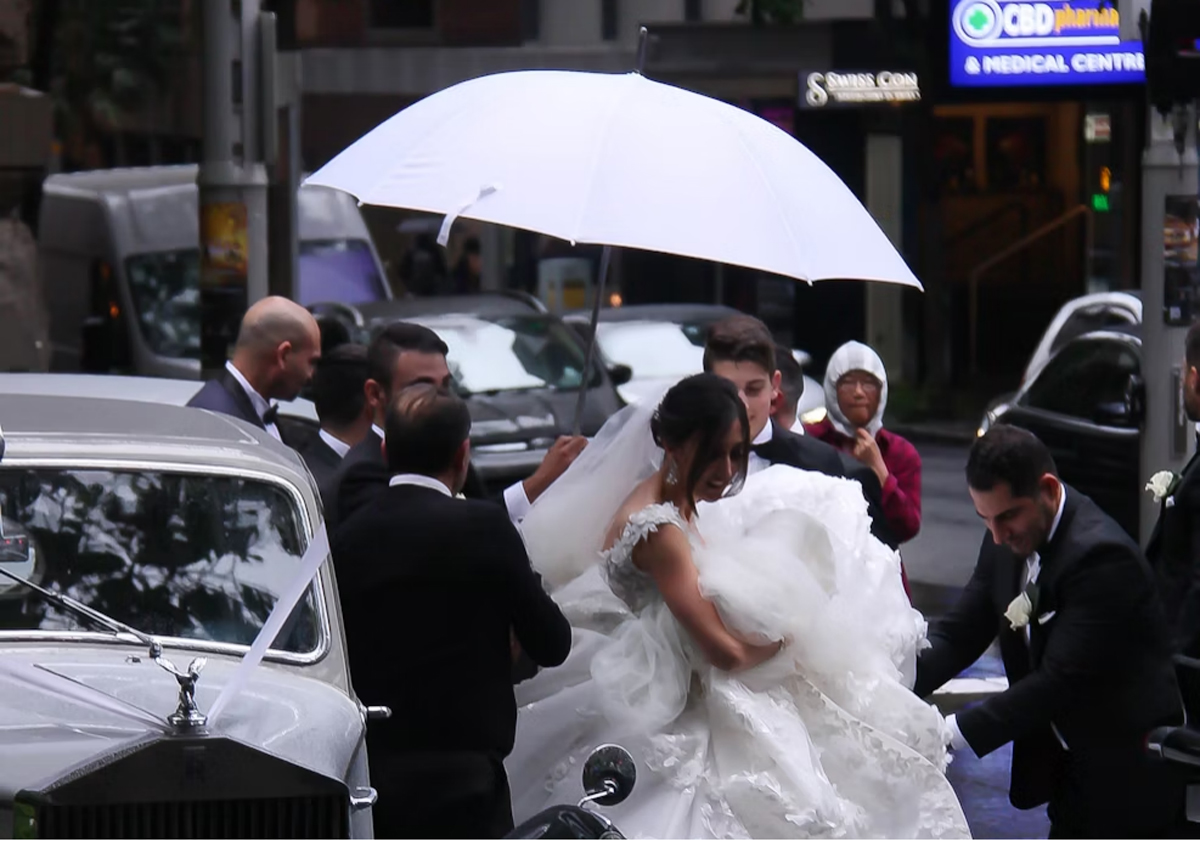
Weddings rarely run like clockwork. A guest might get stuck in traffic, the weather may turn unexpectedly, or speeches could go a little longer than planned. Without buffer time, one small delay can snowball into a stressful race against the clock. The 30/5 rule helps you breathe by building in these pauses, allowing you to handle surprises without derailing the entire schedule.
This approach also gives your vendors a realistic framework to work with. Your photographer, for instance, can plan for those dreamy couple portraits without rushing you away from your guests, while your caterer can ensure hot food is served at the perfect time.
Applying the Rule to Your Ceremony
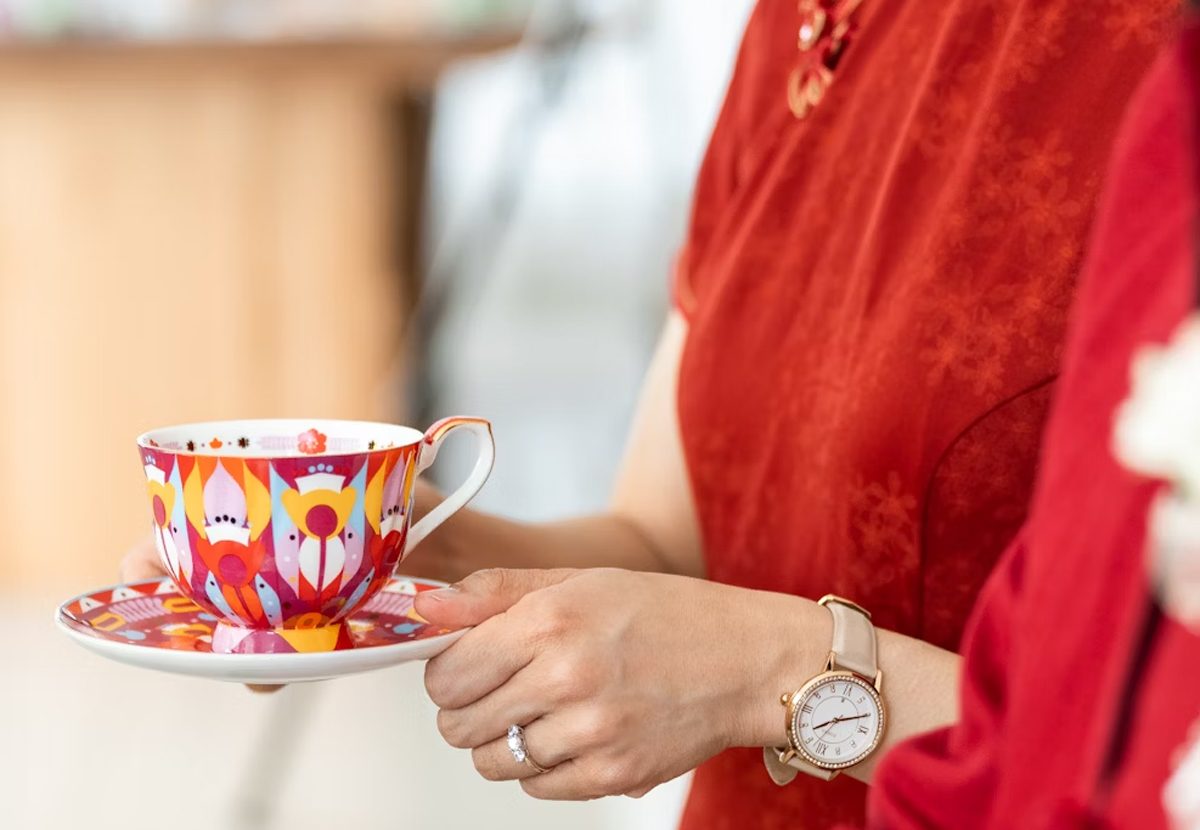
Your wedding ceremony is the heart of the day, and it deserves the calm, unhurried pace that the 30/5 rule supports. Let’s say you’ve planned a 20-minute ceremony. With the rule, you’d block out 30 minutes to allow for moments like your walk down the aisle, vows, ring exchange, and the grand kiss. The 5-minute buffers ensure your bridal party can enter smoothly and your photographer can capture those candid moments before the recessional.
For couples observing traditions, such as Si Dian Jin in Singapore, these buffers become even more valuable. The gift exchange between the groom’s mother and the bride is deeply symbolic and often accompanied by heartfelt words and photographs. You wouldn’t want this meaningful moment to feel hurried because the reception programme is pressing in.
How It Shapes Your Reception Flow
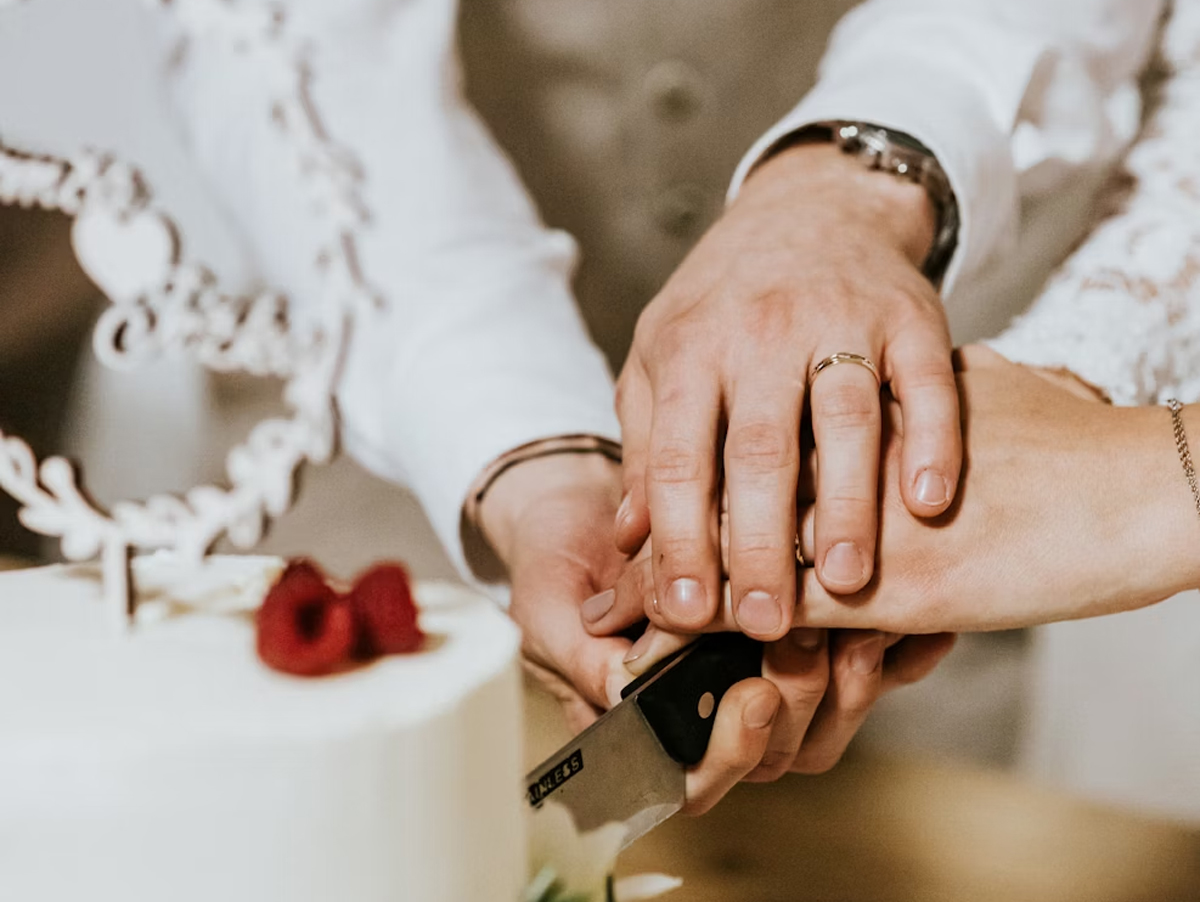
Receptions are where timelines tend to slip the most. Between speeches, toasts, the first dance, cake cutting, and mingling with guests, it’s easy to underestimate how long each segment takes. Using the 30/5 rule, you can give each key moment its due time while ensuring the energy of the event stays lively and engaging.
For example:
- Cake Cutting: Schedule 30 minutes to include setting up the cake table, gathering guests, the actual cutting, and photo-taking.
- Speeches: Allow 30 minutes for a few speakers, factoring in natural pauses and reactions.
- First Dance: Plan 30 minutes for your dance, a couple’s dance with parents, and encourage guests to join in.
Making It Work for Outdoor Weddings
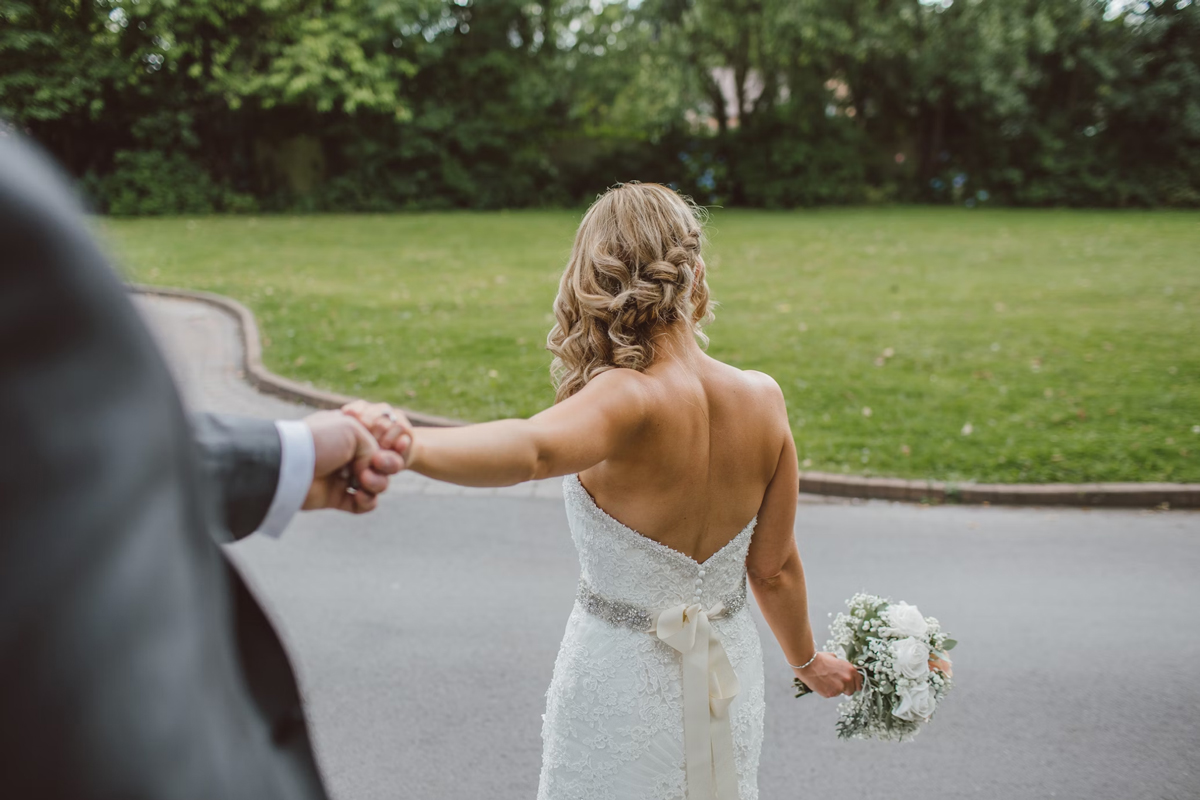
If you’re drawn to the charm of Singapore outdoor wedding venues, the 30/5 rule becomes even more essential. Outdoor settings are stunning but can be unpredictable – think sudden rain showers or a particularly enthusiastic gust of wind. The extra minutes let you adapt without panicking, whether that means adjusting seating, moving the ceremony under a tent, or waiting for the perfect lighting for photographs.
The same applies to cultural performances or special entertainment you might weave into your day. If your wedding includes live music or dance, a short delay while performers prepare won’t throw your whole evening off track.
Balancing Photography and Your Experience

Your photographer will love you for using the 30/5 rule. It ensures there’s enough time to capture formal portraits, group shots, and those spontaneous candid moments without feeling rushed. It also leaves room for creative concepts, such as capturing racial harmony in wedding photography, which might require more thoughtful staging or waiting for the right lighting.
By structuring your timeline this way, you’re also giving yourself permission to slow down and actually enjoy these moments. Too often, couples find themselves whisked from one activity to the next without truly soaking in the joy of the day.
How to Build Your 30/5 Timeline

Here’s a quick example of how your wedding day might look:
- 8:00am – 10:00am: Hair, make-up, and getting ready (including 5-minute buffers for touch-ups and outfit changes).
- 10:00am – 10:35am: Tea ceremony, including greetings and photos.
- 11:00am – 12:00pm: Travel to the ceremony venue, with a buffer for unexpected delays.
- 12:00pm – 12:35pm: Ceremony.
- 12:40pm – 1:15pm: Post-ceremony photos.
- 1:30pm – 2:30pm: Lunch or cocktail hour.
- 2:35pm – 3:05pm: Reception introductions and speeches.
- 3:10pm – 3:40pm: Cake cutting.
- 3:45pm – 4:15pm: First dance and open dance floor.
Notice how the buffers gently pad each section, keeping your day structured yet flexible.
Tips for Making the Rule Your Own

- Communicate clearly with vendors. Share your 30/5 timeline so they can plan their services accordingly.
- Prioritise moments that matter most. If you value mingling with guests over extended photo sessions, adjust your time blocks accordingly.
- Don’t forget travel time. This is especially important for weddings with multiple venues or those held in busy city locations.
- Stay flexible. The beauty of the 30/5 rule is that it builds in breathing room, so use it to your advantage when things shift unexpectedly.
Giving Yourself the Gift of a Stress-Free Wedding Day

At the heart of the 30/5 wedding rule is the idea of giving yourself time – time to smile, breathe, and truly be present in the moments you’ve spent months (or even years) planning. By adding simple buffers and realistic time frames, you’re protecting your day from the stress of feeling rushed and allowing yourself to create memories without the pressure of the clock constantly ticking.
When you work with experienced wedding professionals, they can help you fine-tune this approach so your celebration feels seamless from start to finish. At Blissful Brides, we’ll connect you to expert planners, trusted vendors, and plenty of inspiration to make your day truly yours. Get a quote today and see how the right planning can turn your dream wedding into a beautifully timed reality.

